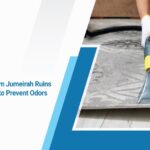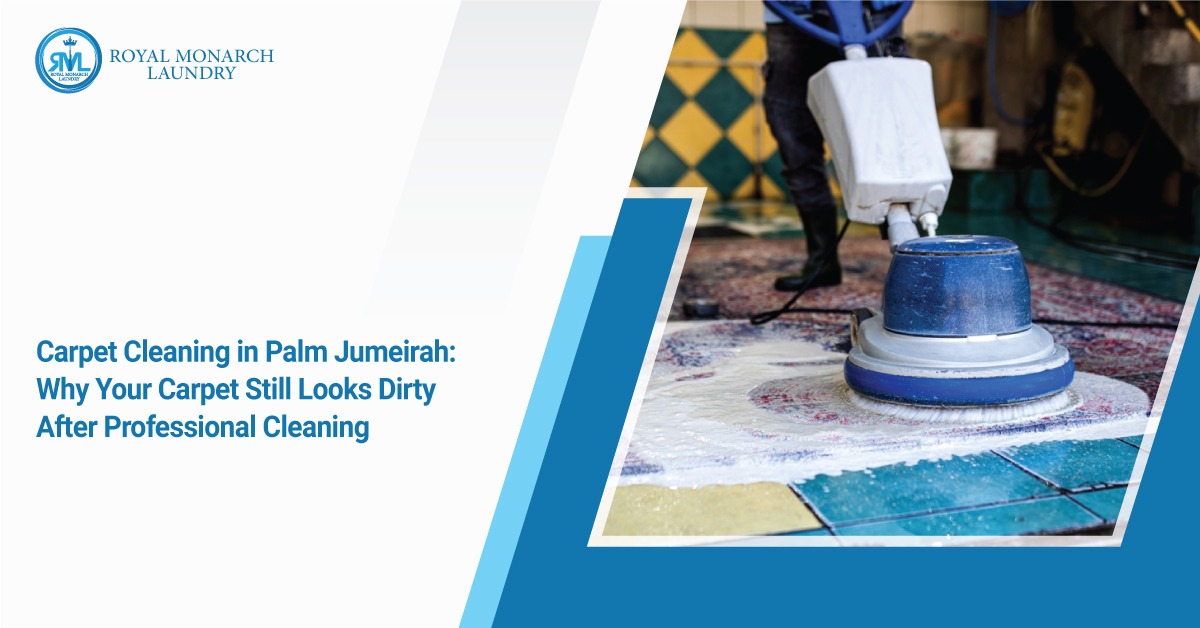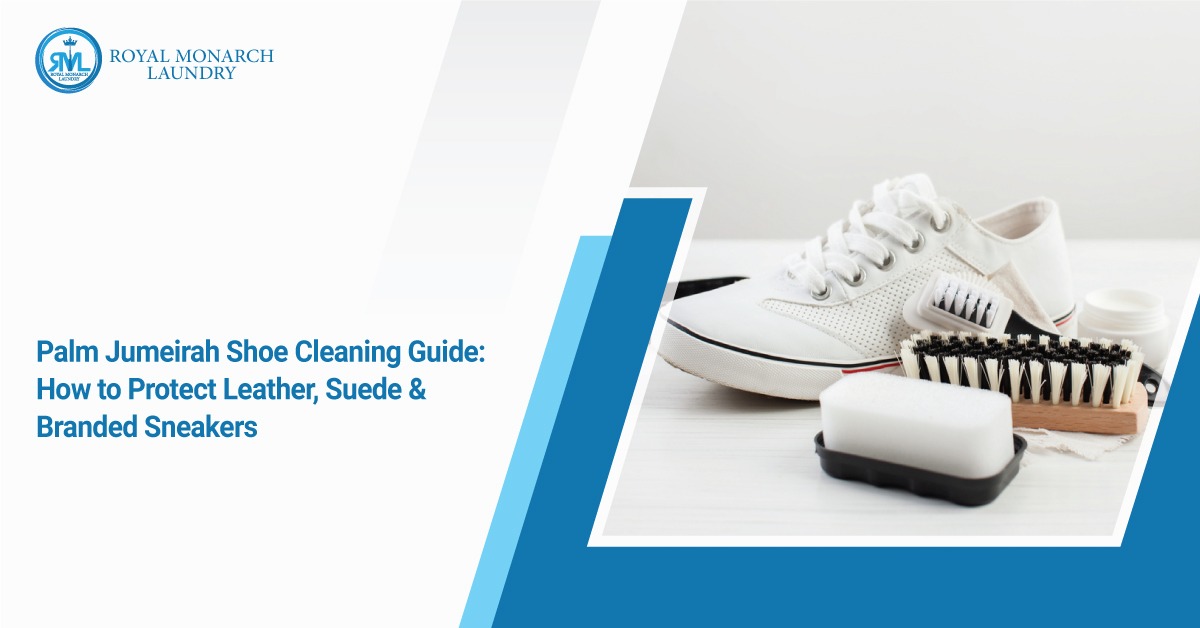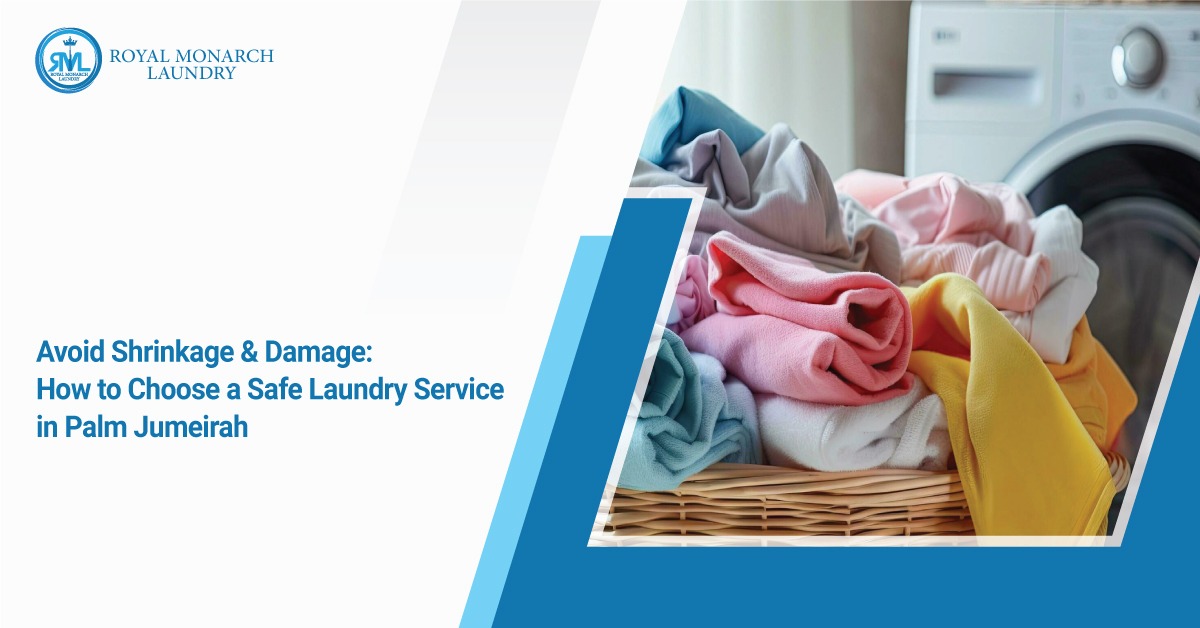Regarding deep cleansing, the focus is always on the particulars. When you make the effort to clean the more difficult-to-reach areas of the house, you will notice how much more organised and inviting your home feels. Create a cleaning schedule, select a room, and dash to the store to get started. Prepare yourself to manage all of the complexities that our comprehensive cleaning recommendations address.
Advantages of Thorough Cleansing
There is no universal solution for maintaining a cheerful and healthy home environment. Another tried-and-true method for making it a pleasant place to reside is keeping it clean. Once creepy-crawlies have made your home their home, it is time to take charge and initiate a thorough cleaning. Believe it or not, thorough cleaning your home has numerous benefits.
Viruses, bacteria, and other contaminants are prevented: All types of rebellious bacteria and viruses flourish in filthy environments. The more filth that is brought into the home, the more bacteria will be introduced. Regular surface cleaning may keep some of the smaller microorganisms at bay, but only a thorough cleansing will eradicate the larger, underlying bacteria.
A thorough cleaning enhances the air quality in your home: Poor residential air quality is associated with illness and infection. However, allergens such as dust mites are diminished when floors, furniture, and walls are thoroughly cleansed.
A thorough cleansing reduces stress: Even if you don’t realise it, a clean residence can help you unwind. Deep cleaning your home, even if only once every six months or so, helps to purify your living space and promotes a more tranquil and healthier environment. You can make your home healthier by eliminating dust, trash, debris, and pet dander.
When should a thorough cleaning be performed?
However, you should thoroughly clean your home more frequently than annually. Seasonal cleansing, or every three months, is an alternative. Alternately, you can divide your comprehensive cleaning list into weekly or monthly tasks, completing one area or one to two tasks per week, depending on the number of people residing in the home. The more people residing in a home, the more frequently it must be thoroughly cleaned.
General considerations when beginning a thorough Cleansing
Organize a caddy: Expensive speciality cleaning products are not required for a thorough home cleaning. Excellent and inexpensive cleaning tools include a scrub brush, baking soda, vacuum, rubber gloves, mop, sponge, spray container, broom, white vinegar, dish soap, and microfiber cloths.
De-clutter: Every item that does not belong in the area should be removed (or, better yet, removed). To simplify your thorough cleaning checklist, save the items in the storage area for a later date. Eliminating debris facilitates thorough cleaning, and seeing clean surfaces may encourage you to continue cleaning.
Create a multipurpose cleanser by: You will need an all-purpose cleaner for all of your cleaning duties. Instead of purchasing an expensive cleanser, white vinegar can be used to create one at home. In a spray bottle, vigorously whisk together 1 cup of vinegar and 1 cup of water. Your universal cleanser is prepared for use. Try writing the solution’s name on the spray container to avoid any potential dangers.
Window washing: First, clean the edges and rails. Apply an all-purpose cleanser to the entire window pane. Allow the cleaner to operate for one minute before wiping it off. If traces are wiped one way on interior glass and another way on exterior windows, they will be easier to spot and remove.
Cleaning the Galley Thoroughly
There are three methods for cleansing your oven and hob. The first option available is self-cleaning. If your oven has this function, you should empty the oven and begin this cycle. If this function is unavailable, it should be cleaned with an all-purpose cleanser. With a gentle scrub brush and an all-purpose cleaner, scrub the hob.
Microwave and washing machine:
Use a sponge and an all-purpose cleaner to sanitise the interior of the microwave. Remove the tray and sanitise it as well. Finish by cleaning the exterior with a sponge and a microfiber cloth. Completely clean the dishwasher. Empty it, clear the filter, add 1-and-a-half cups of vinegar, and operate at the highest temperature to clean the interior. Spray the exterior of the dishwasher with vinegar, then wipe it down with a microfiber cloth.
Kitchen Sink and Countertops: Wipe down the sink and countertops with tepid soapy water and a scrub brush, paying special attention to the area around the tap. The countertops and basins should be sanitised and disinfected, respectively. For this purpose, white vinegar can be used.
Cleaning the Bathroom Thoroughly
If detergent and water do not remove soap scum from your tub and fixtures, mix baking soda with water and scrub them with a brush. Scrub your fixtures thoroughly with a detail brush or an old toothbrush, then buff them with the microfiber cloth. To sanitise your shower head, soak it overnight in water and vinegar. You can do this by removing the showerhead or by soaking a fabric in a cleaning solution and wrapping it around the showerhead.
Shower Curtains:
If the curtain is made of fabric, follow the washing and drying instructions provided by the manufacturer. If the shower curtain liner is no longer useful, discard it and replace it as necessary.
Thoroughly Cleaning the Bedroom
As instructed, launder the duvet, dust ruffle, and shams, which should not be laundered as frequently as sheets.
If you can access it, clean under your bed.
Use a damp microfiber cloth to clean all furniture.
Two to three times per month, launder your pillows and comforters. If your washing machine is too small, take your laundry to a laundromat or to a professional cleaner.
Cleansing the Living Room
Sofas: Begin by vacuuming, making sure to reach all crevices and crannies. Use a clean microfiber cloth to clean the entire sofa. The entire sofa should be wiped down with a microfiber cloth that has been dampened but not drenched in all-purpose cleaner. Using a soft, clean, dry towel, dry the sofa.
To revitalise the furniture, hoover the entire upholstery, including the backs, with the brush attachment.
Utilize a microfiber cleaning cloth to dust the surface of electronic devices. Simply wipe from top to bottom with a clean, wet cloth. It is not a good idea to spray water or screen cleaner directly onto electronic devices, particularly screens.
(Note: make careful to unplug the electronics and then start cleaning them).
Cleansing all of the floors in the house
During the thorough cleaning, concentrate on eliminating stains, treating particularly high-traffic areas with stubborn dirt, and washing grout if the floors are tiled. Start by thoroughly washing your hardwood or laminate flooring.
To eliminate stains, soak the soiled area of your caret in white vinegar. Instead of rubbing the stain to eradicate it, use a towel to blot it. If you decide to use a carpet cleaning solution, test it on an inconspicuous area of the carpet to ensure that it will not discolour or damage the carpet.











